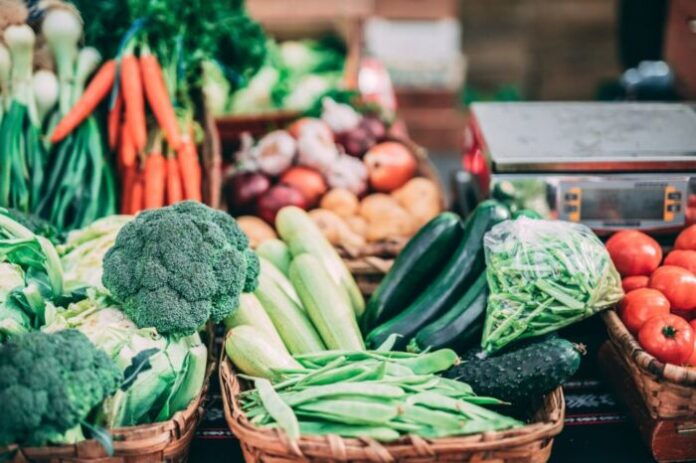
Proper preservation of food is important, not only for our health, but also to keep the organoleptic and nutritional properties of the food itself intact. A bad preservation, in fact, can alter the quantity and quality of proteins, sugars, fats, vitamins, mineral salts and water contained in the foods. Furthermore the advantages will also be for the environment, in terms of energy savings and reduction of food waste.
Food classification – Before learning how to properly place food in the fridge, it is essential to distinguish between:
– stable foods: they do not need to be kept in the refrigerator and can be stored well at room temperature (pasta, bread, dried vegetables, canned food)
– perishable foods: they must be placed in the refrigerator for storage and consumed within a few days of purchase (fresh and raw products)
– frozen or frozen foods: they must be kept in the freezer until they are used.
The right temperature – The internal temperature of the refrigerator must be around 4-5 ° C (on the central shelf) to preserve food in the best way. It is essential to place the refrigerator away from heat sources and open it only when needed and for a short time. Each area of the refrigerator maintains different temperatures.
The coldest point of the refrigerator is the lower shelf, immediately above the drawer for vegetables (about + 2 ° C), while the less cold part is represented by the door.
However, since the new generation refrigerators have different refrigeration systems, only the instruction booklet can provide precise and correct information on the management of the interior spaces.
At each food its temperature – Meat and fish must stay in the coldest part (usually the lower compartment). The gutted and washed fish must be consumed within 24 hours. The meat has different storage times depending on the type of cut and composition: it must be consumed within 24 hours if ground, within 48 hours if of chicken or turkey, within 3 days in the case of unpackaged cold cuts and fresh meat in general.
The central part (usually 4-5 ° C) is suitable for eggs, dairy products, creams based on creams and cream and those foods to be stored in the refrigerator “after opening”. In the area with a higher temperature (usually the drawer in the lower part) vegetables and fruit are preserved which can be damaged by too low temperatures; these should be consumed quickly to avoid deterioration.
The shelves inside the door are the hottest points in the fridge and are intended for products that need only light refrigeration (eg soft drinks, butter).
Not all foods go into the fridge – Some foods do not need to be refrigerated, on the contrary, they could be damaged, such as exotic fruits, citrus fruits (the cold can make them bitter), tomatoes, green beans, cucumbers and courgettes; the bread becomes stale faster with low temperatures.
Fruits and vegetables that have yet to mature must be stored at room temperature. Another golden rule is to never store hot food in the refrigerator. The dishes must be completely cooled before being placed in the fridge to avoid condensation and sudden temperature rises on the shelf.






































